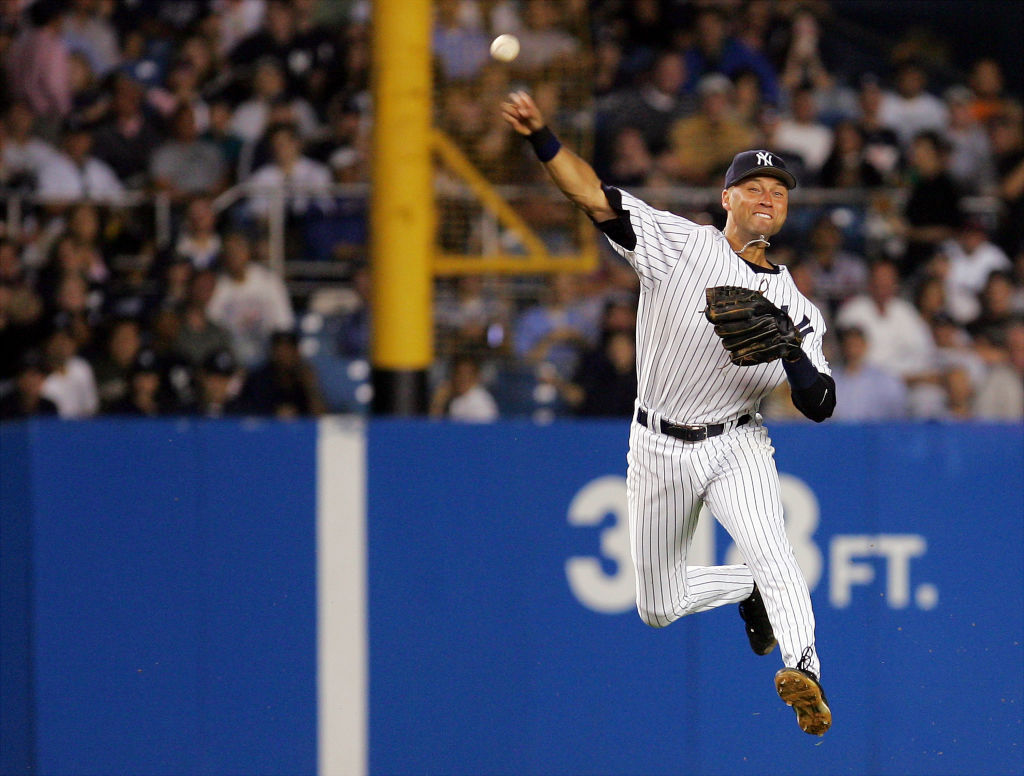


Thairo Estrada, the everyday second baseman, is Crawford’s backup at short, and he was there Monday against the Padres and hit his first homer of the spring in San Francisco's 1-9 win. “I’m pretty confident we’ll just chat about it on a regular basis.” “Craw and I have been discussing this for some time,” Kapler said. Crawford had two stints on the injured list with the problem last year and missed more than a month. Kapler has spoken several times this spring about ensuring that Crawford gets more time off this season. The team believes that the knee problem, if it reoccurs, can be managed throughout the course of the season.
#Left handed shortstop verification#
Refining the fighting hypothesis is suggested to facilitate prediction and experimental verification of when and why negative frequency-dependent selection may benefit left-handedness.The Giants open the season against the Yankees in the Bronx on March 30. This indicates that relative rarity and the interactive nature of a contest are not sufficient per se to evoke a left-hander advantage. The prevalence of left-handers listed in elite rankings increased from low (8.7%) to high (30.39%) time pressure sports and a distinct left-hander overrepresentation was only found in the latter (i.e. Here, by referring to data on interactive ball sports, I propose that a left-hander's advantage is linked to the sports' underlying time pressure. Overrepresentation of left-handers exclusively in interactive sports seems to support the hypothesis. DOI: 10.1098/rsbl.2017.0446Īccording to the fighting hypothesis, frequency-dependent selection gives relatively rarer left-handers a competitive edge in duel-like contests and is suggested as one mechanism that ensured the stable maintenance of handedness polymorphism in humans. Left-handedness and time pressure in elite interactive ball games, Biology Letters (2017). That might explain, he suggests, why left-handedness has not evolved away, pointing out that some prior research by others has shown that there is a higher rate of left-handedness in traditional warlike societies.įlorian Loffing. In light of his conclusions, Loffing wonders if being lefty offered early humans an advantage-the element of surprise in fights with other humans or even animals might have made a difference.


In general, he found that sports with short response times like baseball, table tennis and cricket were 2.6 times as likely to have top lefties. One sport, table tennis, which is possibly the fastest competitive sport of all, stood out-Loffing reports that 26 percent of the top male players are lefties. In sharp contrast, 30 percent of the top players in sports like baseball (at least for pitchers) were lefties. He found, for example, that just 9 percent of the top 100 players in slower time-response sports, such as squash, were left-handed. He then compared them to one another based on handedness.Īfter some number crunching, Loffing reports that he found a pattern-in sports where there is a short time constraint, lefties appeared to excel. He collected stats on the top 100 left-handed athletes in six major sports for the period 2009 to 2014: tennis, table tennis, squash, cricket, baseball and badminton. To fill that void, Loffing conducted a study designed to offer more than an opinion on the matter. Interestingly, it seems that this is an area of research that few have studied. Only 10 percent of people are left-handed, yet there are many famous left-handed athletes such as Wayne Gretzky, Lou Gehrig, Oscar De La Hoya and Martina Navratilova. Some people believe that being left-handed confers an advantage for athletes-they are ranked more often on top athlete lists than statistics would suggest.


 0 kommentar(er)
0 kommentar(er)
